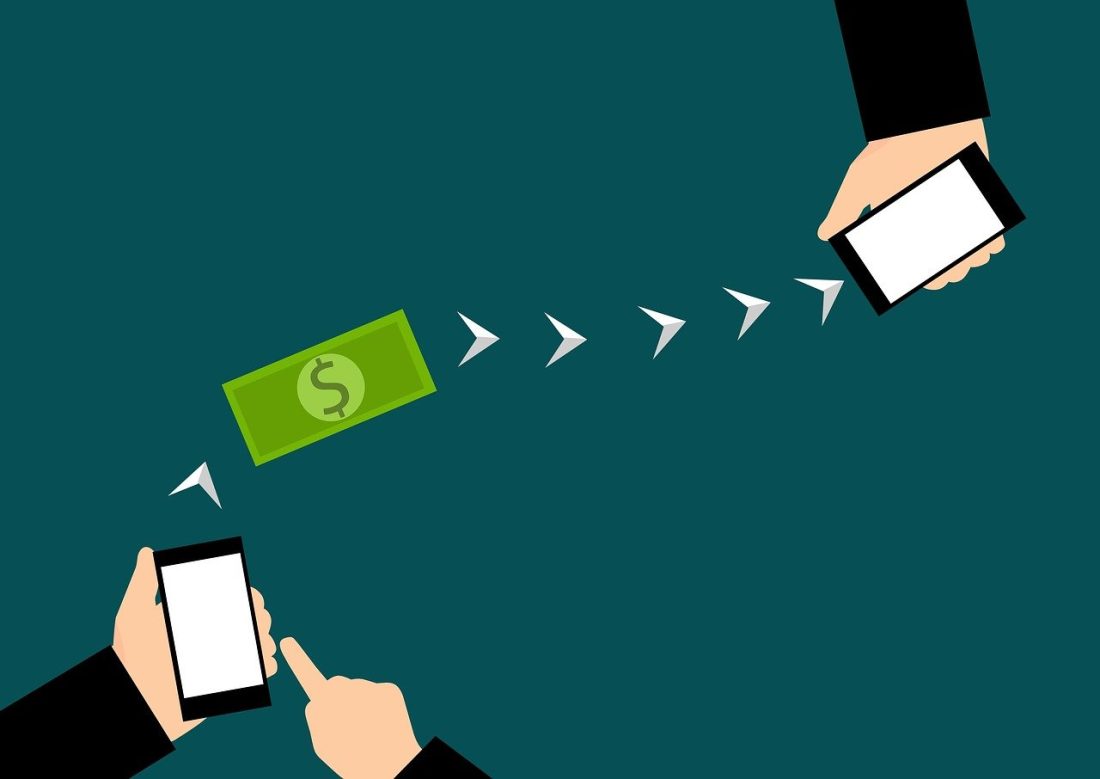Mobile banking apps have transformed the way people manage their finances, particularly when it comes to sending money across borders. In Mexico, a country that receives significant remittances from its citizens abroad, these apps have made money transfers faster, more efficient, and far more accessible. People are turning to their smartphones to send money directly, avoiding the long waits and high fees.
Making Money Transfer Convenient
Mobile banking apps have completely transformed how people send money to Mexico (enviar dinero a Mexico). With the increasing adoption of smartphones, banking services that once required physical visits to a bank or remittance center can now be accessed from the comfort of one’s home. These apps allow users to complete transactions quickly and securely, reducing the need for in-person interactions, which can be both time-consuming and costly. In many cases, recipients can access funds within minutes, providing them with a faster solution during emergencies or everyday needs.
A Secure and Reliable Mode
Security is a top concern for individuals sending money, and mobile banking apps address this with multiple layers of protection. Modern apps utilize encryption technology to ensure that sensitive financial information is securely transmitted. Two-factor authentication (2FA) and biometric identification, such as fingerprint or facial recognition, offer added security measures to prevent unauthorized access to users’ accounts.
The security features help build trust among users, ensuring that their money reaches the intended recipient without any security breaches. Additionally, these apps provide real-time transaction tracking, allowing senders to monitor their transfers and ensure everything goes smoothly.
Low-Cost Transactions and Transparent Fees
One major advantage of using mobile banking apps to send money is the reduced cost. Traditional remittance services often charge high fees for international transfers, which can add up over time. Mobile banking apps tend to offer lower fees or even free transfers, making them an attractive option for users looking to send funds without breaking the bank.
Moreover, these apps provide transparent pricing, allowing senders to know exactly how much money the recipient will receive after the transaction. This transparency helps users avoid hidden fees that can sometimes appear in other transfer methods, giving them greater confidence in the service.
The Integration of Digital Systems
Another way that mobile banking apps are improving accessibility for money transfers is through the integration of digital wallets and payment systems. In Mexico, many people use mobile wallets, which enable them to store money electronically and pay for goods and services directly through their phones. This convenience extends beyond just sending money. Mobile wallets allow users to make everyday purchases, pay bills, or even withdraw cash at ATMs, all through their mobile devices.
Expanding Financial Inclusion
Mobile banking apps are playing a significant role in improving financial inclusion in Mexico. Many people in rural or underserved areas have limited access to physical banks, and mobile banking apps offer a viable solution. Additionally, these apps are often available in both Spanish and English, ensuring that they can be easily used by a wide range of individuals, regardless of their language preferences.
Customer Support and Assistance
Customer support plays a critical role in making mobile banking apps accessible to a wider audience. Many apps offer dedicated customer support services, assisting users with any technical issues or questions they might have regarding the transfer process. This ensures that users are not left to navigate any issues on their own, providing them with the necessary resources to use the app confidently.
Mobile banking apps have proven to be game-changers for money transfers to Mexico, offering enhanced convenience, security, and low-cost solutions. One can send money to Mexico (enviar dinero a Mexico) seamlessly with fintech based mobile apps. Such technologies aim to make the future of money transfers look more connected than ever before.


